
This series showcases Toyota's research in non-automotive fields. This time, we take to the skies with power-generating kites.

Believe it or not, Toyota is home to researchers who apparently get paid to fly kites. Even more surprisingly, they revealed that these kites, with a wingspan of just eight meters, could become a future energy source.
Why is a carmaker like Toyota playing with kites? As we interviewed the researchers, astonishing details appeared one after another.
Generating power by flying kites
We arrived at a sprawling sports ground in Iwata, Shizuoka Prefecture, which serves as a flight test field for the Mothership Project. Let’s start with footage from a past test:
One little-known fact is that Toyota previously developed aircraft engines that were certified in the United States.
Members from that development unit, along with car developers and numerical simulation personnel, have gone on to form the kite-flying Mothership Project team.
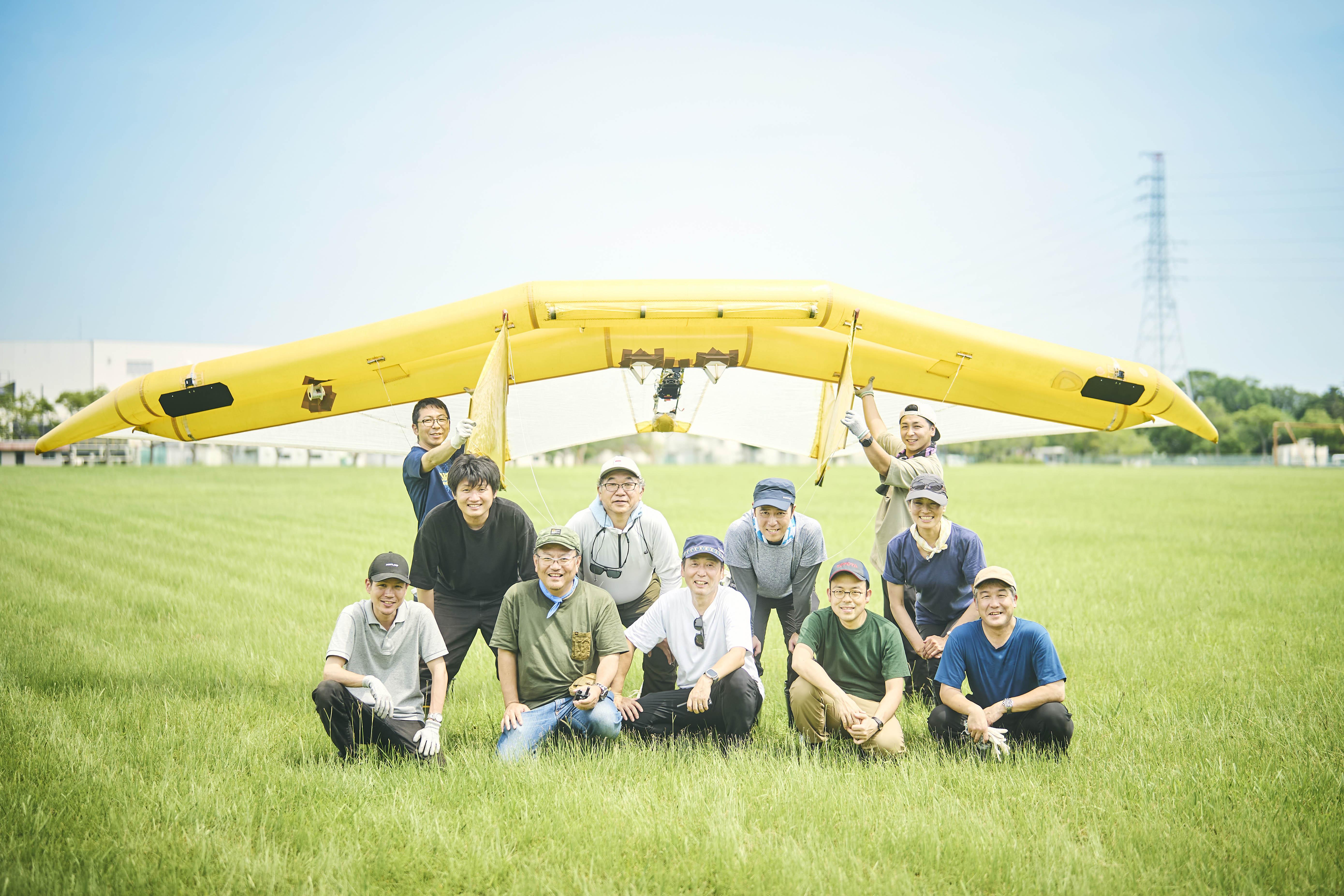
Yes, those are grown adults earnestly flying kites on the job. But they do so with a purpose: to research how electricity can be generated by sending kites high up into the westerly jet stream to harness the wind’s power.
Generating power with kites may seem an outlandish area of research, but the project has profound underpinnings.
Eiji Itakura, Group Manager, Mothership Group R-Frontier Div.
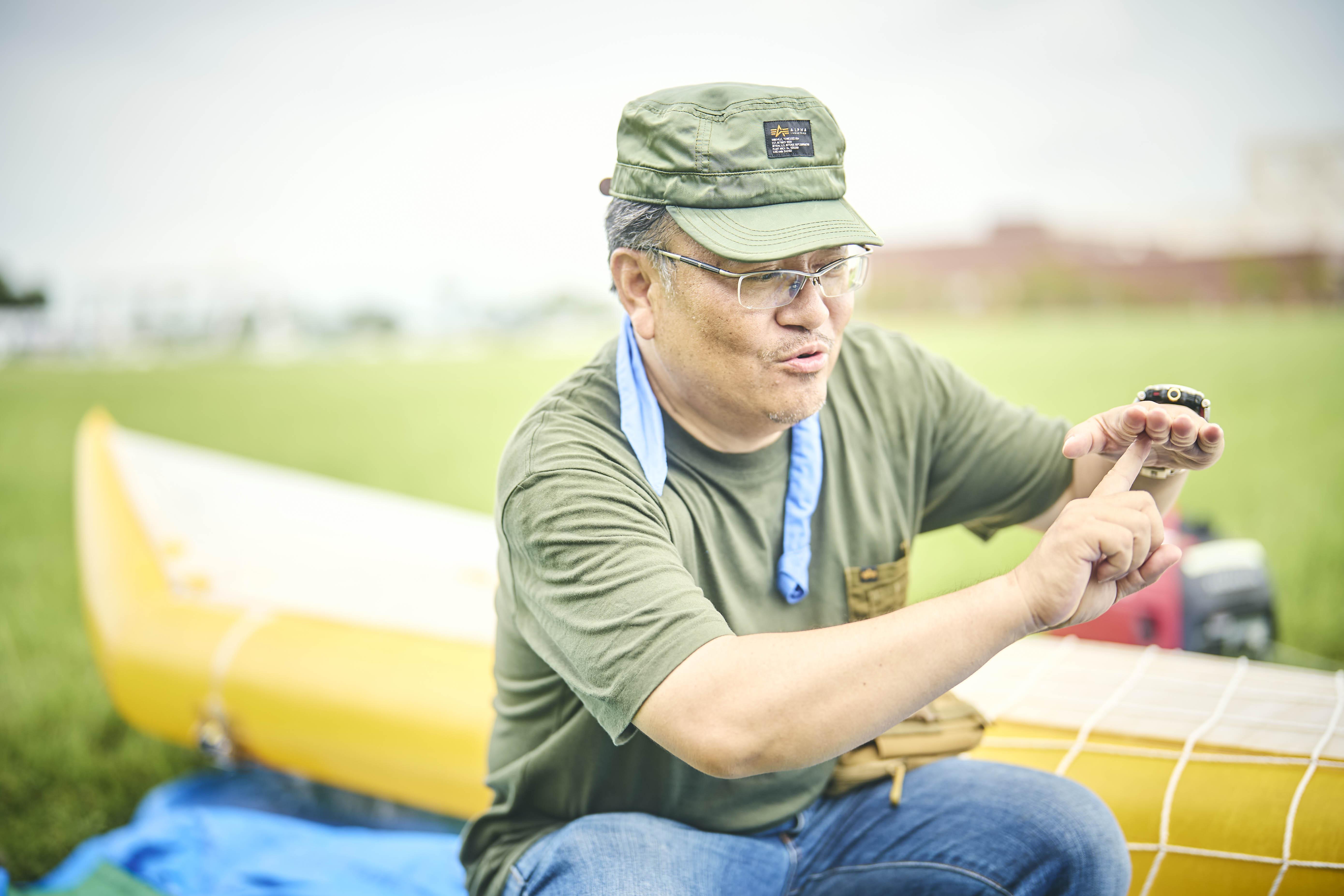
Japan relies on imports for most of its energy, and since much of the country is mountainous, the potential for renewable sources is also limited. Our starting point was the social issue of future energy security.
To boost energy self-sufficiency, we set out to find high-density natural energy sources. We started research in 2018 with the idea of “mining” the westerly jet stream over Japan.
As a student, Itakura majored in aeronautical engineering and worked in aircraft engine development after joining Toyota. He shared a startling fact about the westerly jet stream.
The world’s strongest westerlies
Itakura captain
The westerly jet stream over Japan is said to have the world’s highest average wind speed. While many researchers in aeronautics have ideas for harnessing that wind power, few of these involve kites.
Even most experts have responded with interest, recognizing that technically this is within reach. Many American researchers, in particular, have told us they want to be involved.
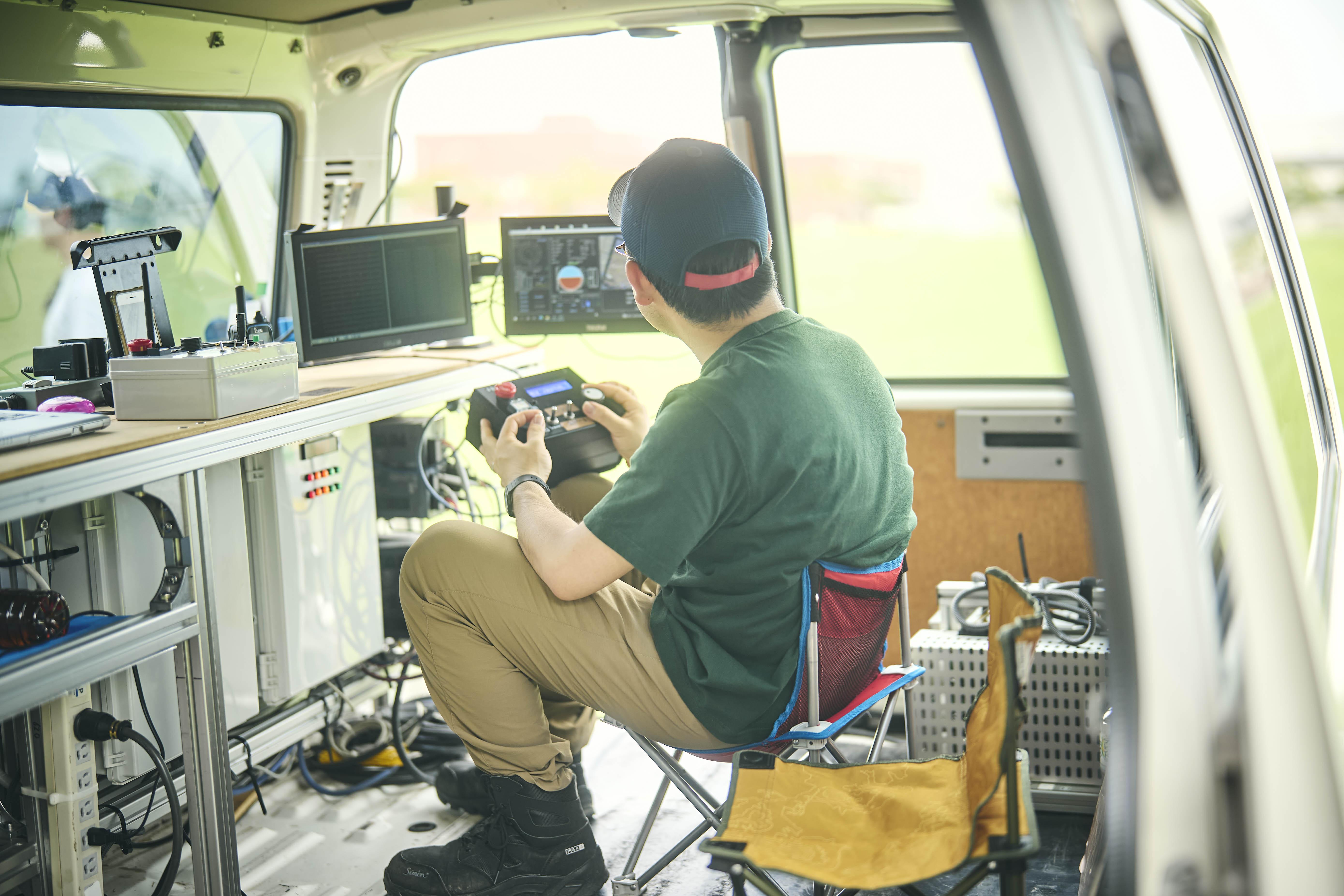
Itakura’s team is currently honing the attitude control technology that keeps the kite airborne regardless of weather and wind conditions. Overcoming various obstacles, they have now achieved stable flight at wind speeds of 30 m/s, in which even drones and airships struggle.
Taking off together
The idea is to fly kites at high altitudes and produce power by tethering them to land-based electric generators with high-strength fiber. The challenge was making the kites light enough.
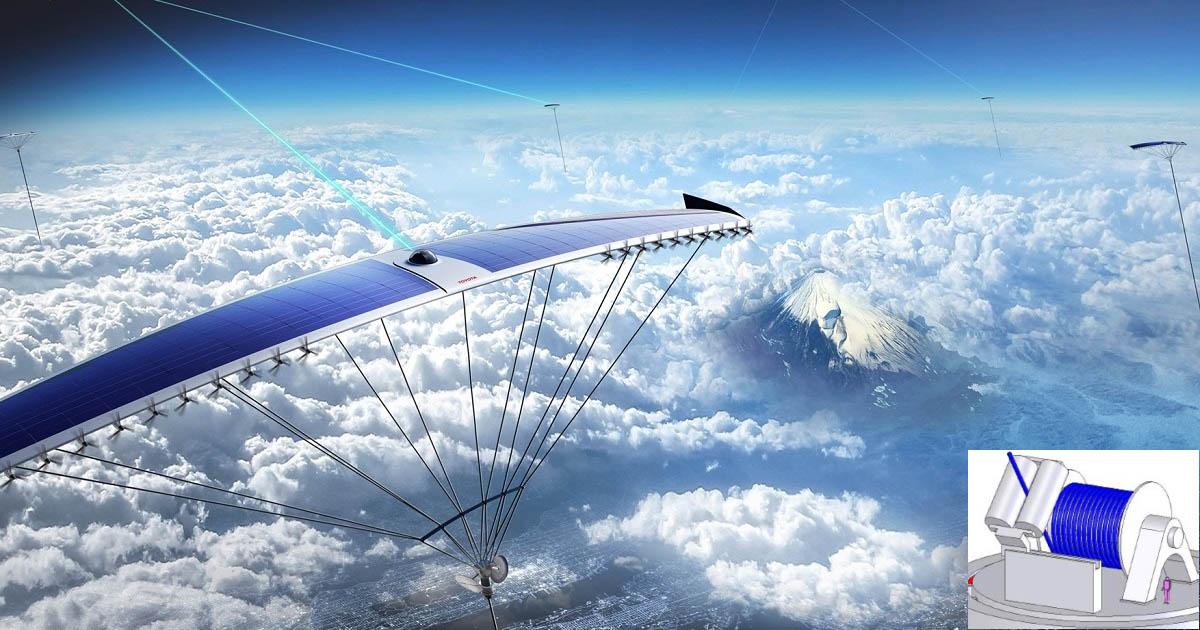
Itakura captain
Japan once had a thriving textile industry, so there are many companies with advanced technologies. We received assistance in the trial-and-error process, including weaving high-quality cloth and applying the resin coating.
The result is a material that is both incredibly light and strong. When we presented at an academic conference, we received requests for the material from all over the world. The Japan Aerospace Exploration Agency (JAXA) has even offered to collaborate on joint development.
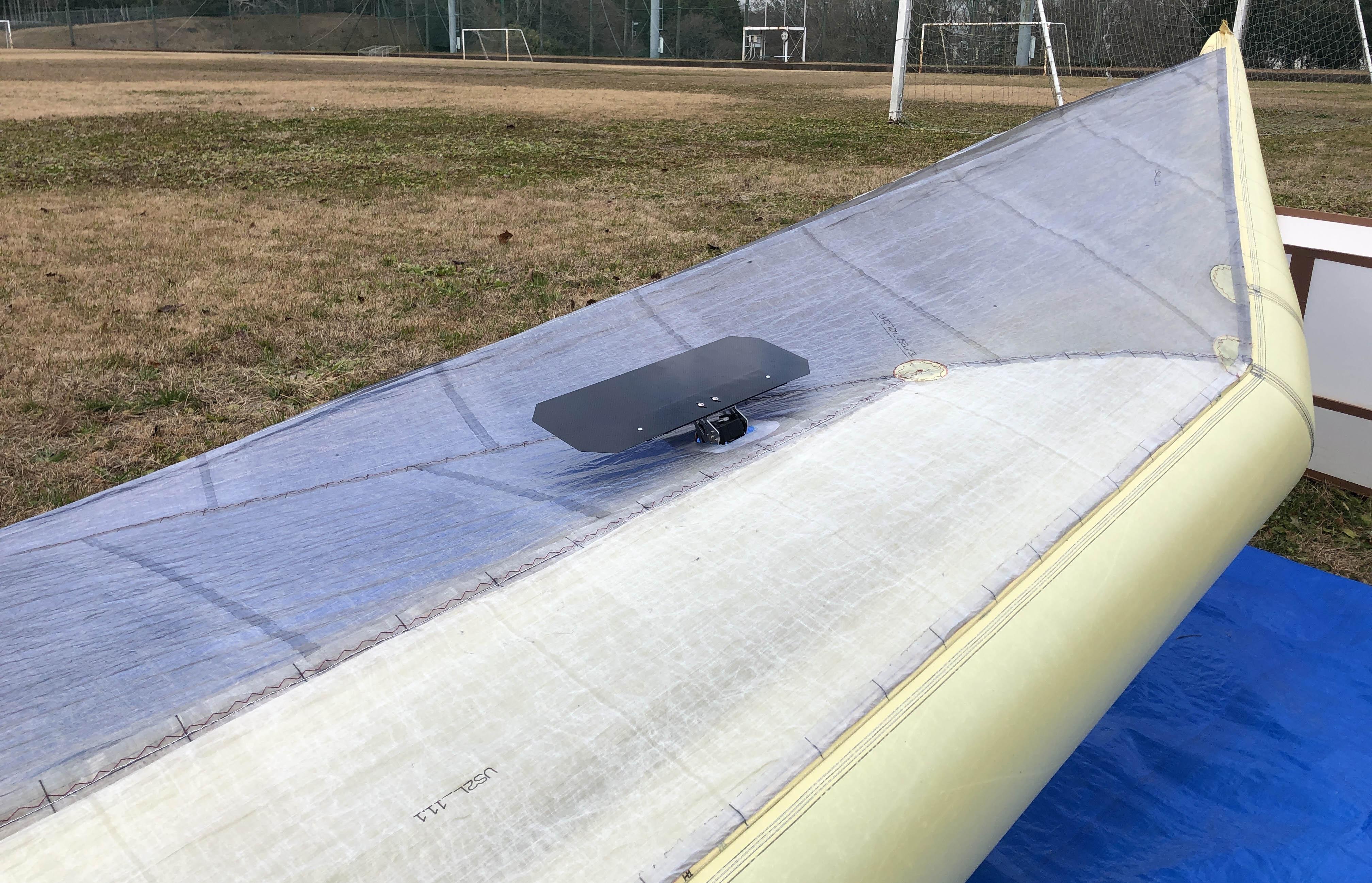
Following a series of improvements, in 2020, the kite reached an altitude of 1,000 meters for the first time. On the day, Itakura announced each milestone over the wireless—“Higher than the Tokyo Tower! Past the Skytree!”—while the rest of the team celebrated.
From there, they attempted longer durations, including night flights. The team was kitted out in the kind of high-visibility gear found at construction sites, and the area was illuminated with industrial lighting. Despite taking every safety precaution, they ran into unexpected trouble...
Itakura captain
I had never seen so many insects in my life. They swarmed the light like some nightmarish hellscape (laughs).
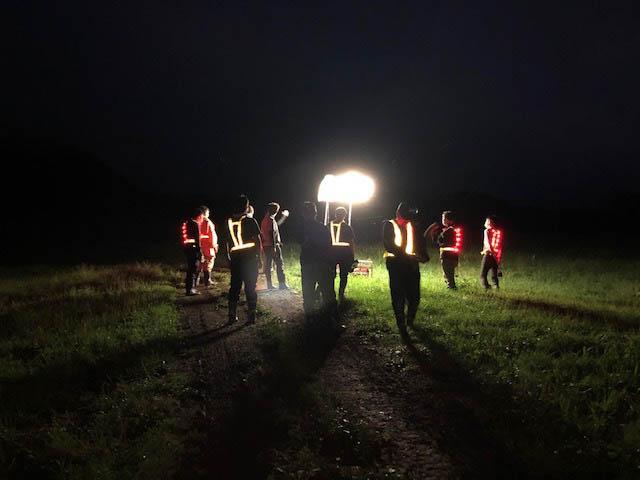
This project, intended to harness Japan’s uniquely strong jet stream, was itself constantly buffeted by headwinds, with talk of cancellation cropping up time and again.
Seeking to return the project to its foundations, Itakura made a fateful detour.

